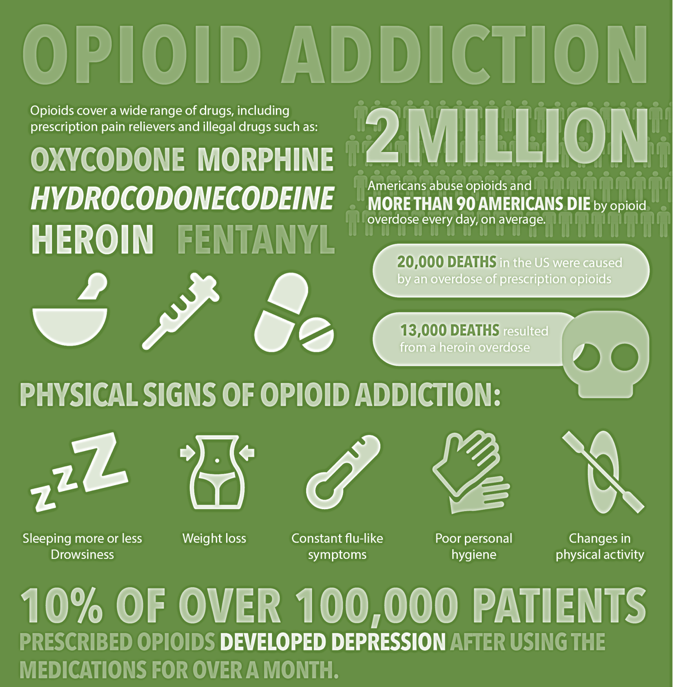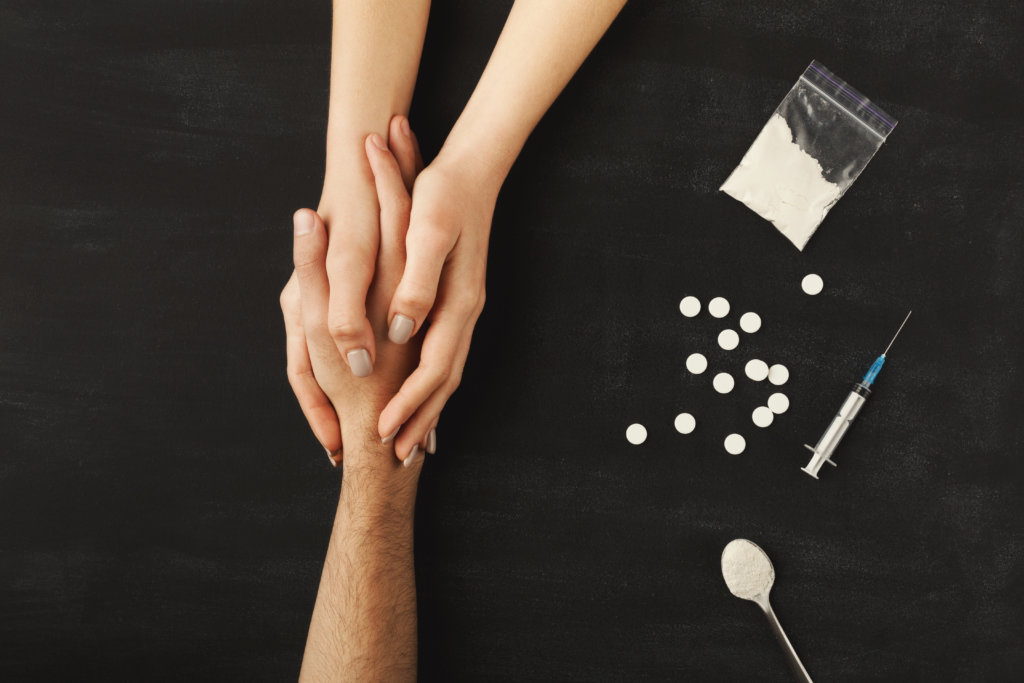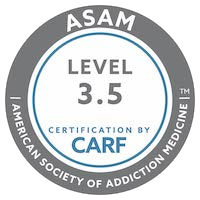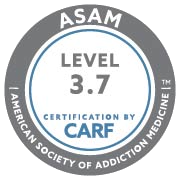The effects of drug abuse and addiction on society are substantial. Unfortunately, drug abuse and drug addiction are quite common and affect more than 10% of the US population. The costs associated with drug and alcohol use total nearly $600 billion in lost revenue, health care, legal fees, and damages each year. Drug law infractions are a highly common reason for arrests in the United States, with more than 1.5 million occurring each year. Drug abuse is associated with higher rates of foster care child placements, child abuse, college sexual assaults, prison sentences, and lost productivity coupled with increased work-related injuries.
Call Hathaway Recovery Center today to get help
We respect your privacy.
Any individual may abuse almost any substance whose ingestion can result in a euphoric (“high”) feeling. In many cases, a drug addict will be suffering from addiction to two or more substances. There are many drugs and types of drugs that people commonly abuse, but today we are going to talk about opioids.
For the addict, it can be especially hard to wait, anticipate, and hope. Here at Hathaway Recovery we struggle with faith and putting our confidence in something we can’t see. We are people who live for the quick fix, the immediate gratification, and the momentary high. To wait is to have to sit in the space of darkness, discomfort, craving, and need. That feeling is so unbearable that we reach for anything that promises comfort, escape, or oblivion.

Opioids are highly addictive and they have created a dangerous problem in the USA. Individuals can become addicted to opioids so quickly that it can be difficult to notice. Opioids start to work by binding to opioid receptors, interfering with communication between the brain and the nerves in the body. This brings pain relief to people and a euphoric, relaxing feeling that fast become addictive. This euphoria is the release of a large amount of dopamine which triggers the reward system in the brain. The more this reward system is triggered, the more the brain craves it and deems it essential for survival. In short: opioids trick the brain into thinking they are necessary for survival.
Any person who uses opioids is at risk of becoming addicted to opioids. That is why it is so important to learn signs of opioid abuse so that intervention can take place as quickly as possible before a deadly overdose occurs.

A NIDA study found that once treatment is initiated, both a buprenorphine/naloxone combination and an extended-release naltrexone formulation are similarly effective in treating opioid addiction. However, naltrexone requires full detoxification, so initiating treatment among active users was more difficult. These medications help many people recover from opioid addiction.
The success of therapy for substance use disorder varies by patient and by the severity of the disorder and also can be influenced by complications of comorbidities, such as alcohol use or mental illness. Research has shown that there is a higher rate of substance use in patients with diagnoses such as depression and those who use other substances such as alcohol.
The patient needs integrated treatment for both mental health and substance use disorders in cases where these occur together. The environment and family or friend relationships can also play an important role. Some patients will repeat therapy and relapse many times before having success.
At Hathaway Recovery, we can help you stop your active addiction and start a new life. You do not have to remain chained to your substance abuse. You can live a life that is happy, fulfilling, and engaging. The life you deserve it.
So, do not wait. Call us right now. Our addiction treatment program can help you get your life back.

Hathaway Recovery Drug & Alcohol Treatment Center
Treatment Center, MD, LCSW, LMFT, ASAM
Web: https://www.hathawayrecovery.com
E-mail: [email protected]
Phone: (909) 971-3333
Fax (909) 498-9898
1042 East Belmont Abbey Lane, Claremont, CA 91711






